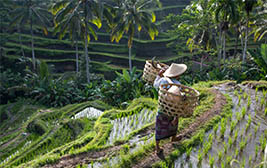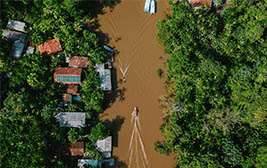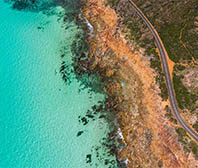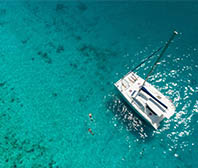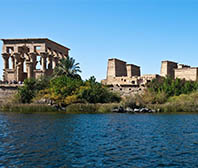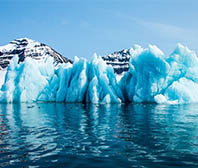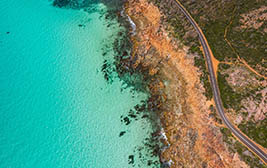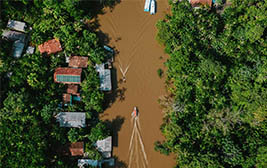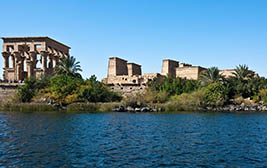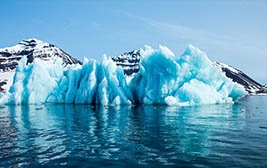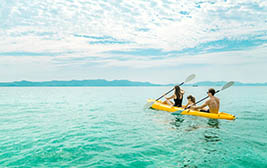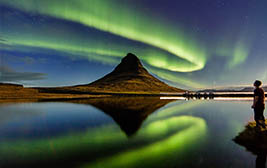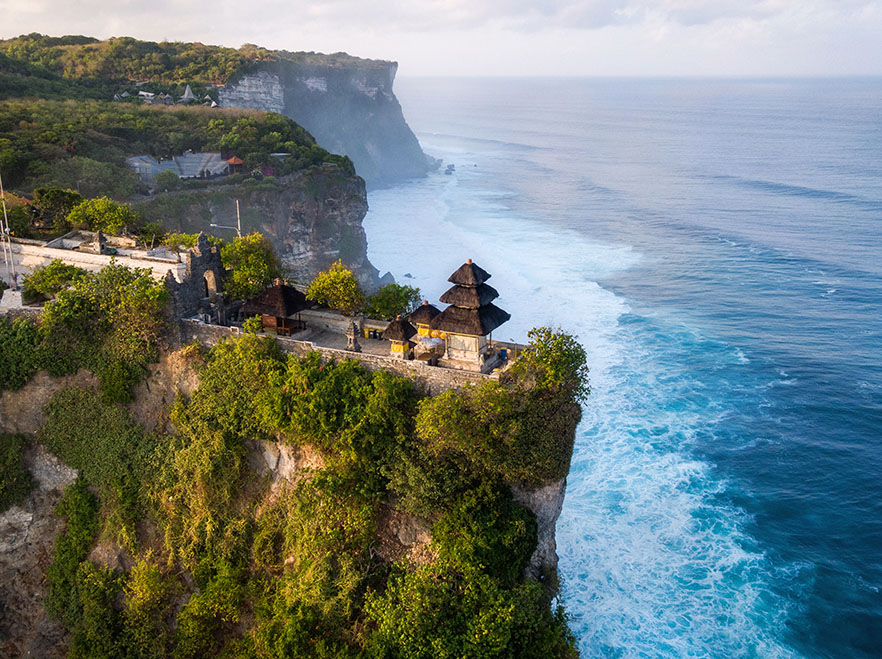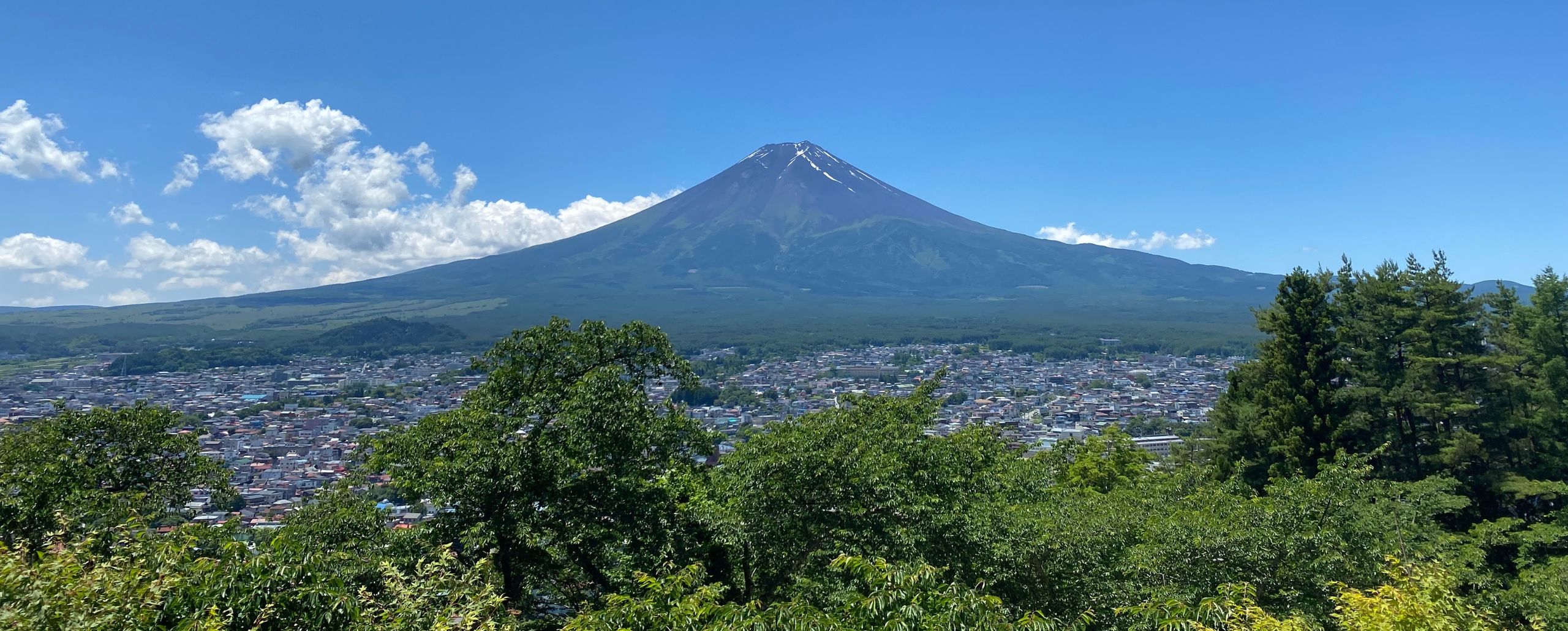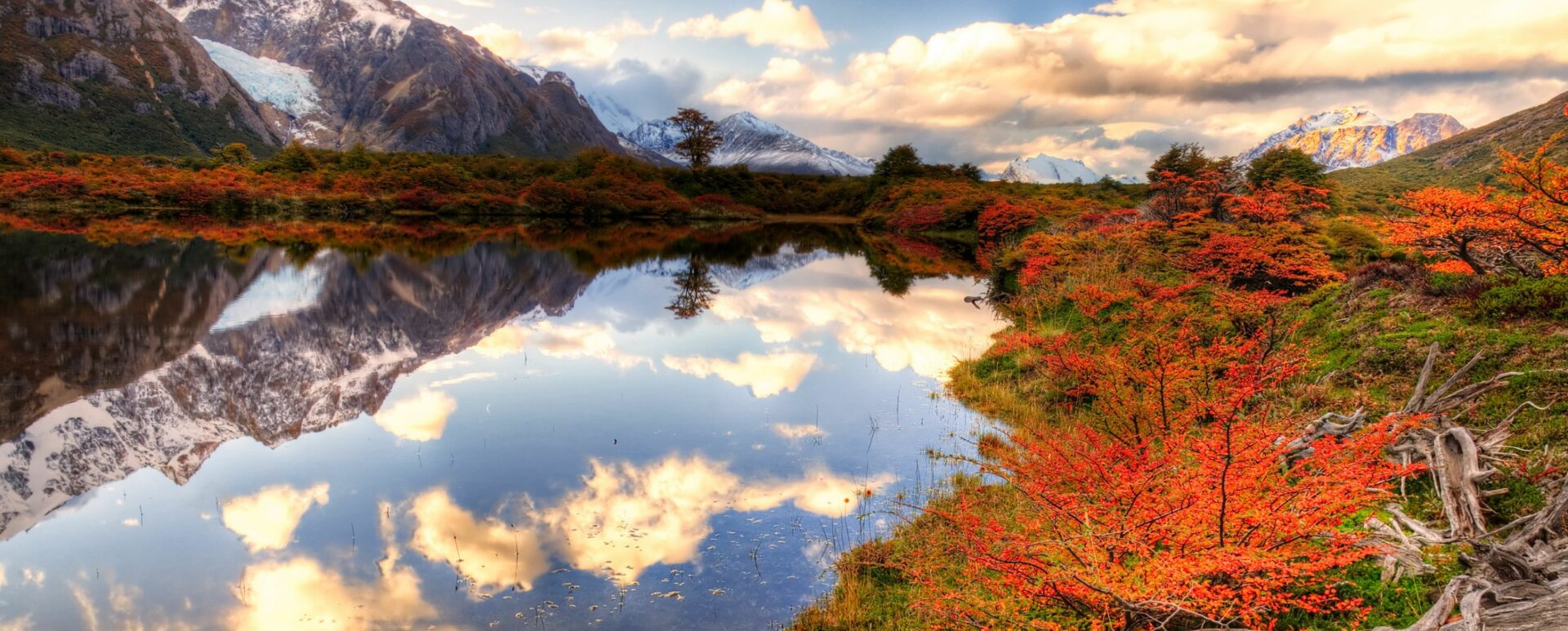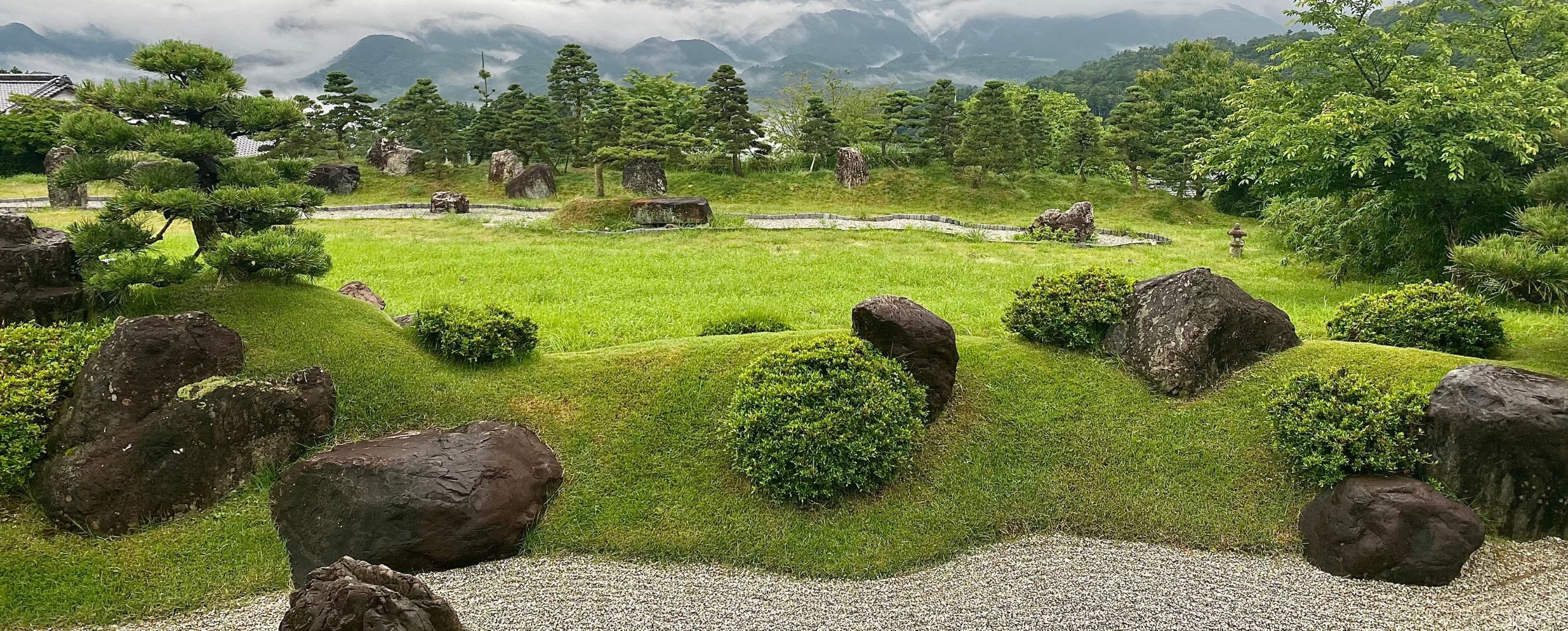Auriole Potter explores Japan’s lesser-known gems
Whilst the average Japan itinerary will focus on showcasing the country’s dynamic cities, we suggest spending some time in Japan’s countryside and its wonderfully picturesque (and slower paced) rural destinations. Not only does this encourage the opportunity to relax and recharge after the intensity and crowds of the urban areas but it also provides a fascinating insight into a part of Japan that is often overlooked. Heading to these more remote prefectures also allows you to step back in time and gain an insight into the Japan of ages past. Lifestyles here, however, are changing rapidly, with cultural traditions and ancient skills starting to disappear. A visit to these parts of the country gives you the chance to catch a glimpse of all this, before it is gone forever. More positively, it also gives locals an incentive to continue the old ways, interesting as they are to foreign visitors.
Whether you prefer to pause for a few days and simply do nothing but reflect on the trip so far, or get out and explore Japan’s countryside with its coastal villages, hiking trails and remote temples, read on to discover our top three rural recommendations.

1. Kyotango
A two-to-three-hour drive from Kyoto, this coastal area is yet undiscovered by the masses and tourism remains in its infancy. That said, there are several ryokans that provide a comfortable base from which to explore (as well as onsens to return to at the end of each day). Here, you’ll find little fishing villages strung out along the coast, full of stilted wooden houses perched above the water, the inhabitants’ boat bobbing about underneath. Whilst it’s true that most young people head off for an urban life in search of modernity and career prospects, in this area there’s a burgeoning creative scene, a revival of traditional crafts and skills, and a gradual increase in top-level ryokans that ensure that some young locals remain in situ, rather than flee to the cities. Some, of course, have for years relied on the day’s catch to earn a living and continue to do so, meaning that the food scene is particularly interesting here. The region has been designated a Blue Zone, home to the country’s highest population of centenarians, a result perhaps of the diet and lifestyle of residents.

